Common Issues with Wet Wipes Nonwoven Fabric You Need to Know
Table of Contents
- Common Manufacturing Defects in Nonwoven Wet Wipes: An Overview
- Understanding the Role of Fiber Composition in Wet Wipe Performance
- Environmental Impact of Nonwoven Fabrics Used in Wet Wipes: A Statistical Analysis
- Regulatory Standards for Nonwoven Wet Wipes: Compliance and Quality Control
- Consumer Perception and Trust Issues Surrounding Wet Wipes and Nonwoven Materials
- FAQS
- Conclusion
- Related Posts
In recent years, the use of Wet Wipes Nonwoven Fabric has surged, driven by an increasing demand for convenience and hygiene products across various sectors. According to a report by Grand View Research, the global wet wipes market is expected to reach USD 22.39 billion by 2027, reflecting a profound shift in consumer preferences towards disposable and ready-to-use solutions. However, with this growth also come several common issues associated with nonwoven fabrics used in wet wipes, including concerns about material durability, environmental impact, and cost-effectiveness. At Shijiazhuang Shielday Technology Co., Ltd., we recognize the critical need for high-performance materials in this evolving landscape. As an advanced manufacturer of emi shielding textiles and conductive wires, we offer innovative solutions and comprehensive custom product development services tailored to address the challenges of Wet Wipes Nonwoven Fabric, ensuring our clients can meet market demands while maintaining quality and sustainability.
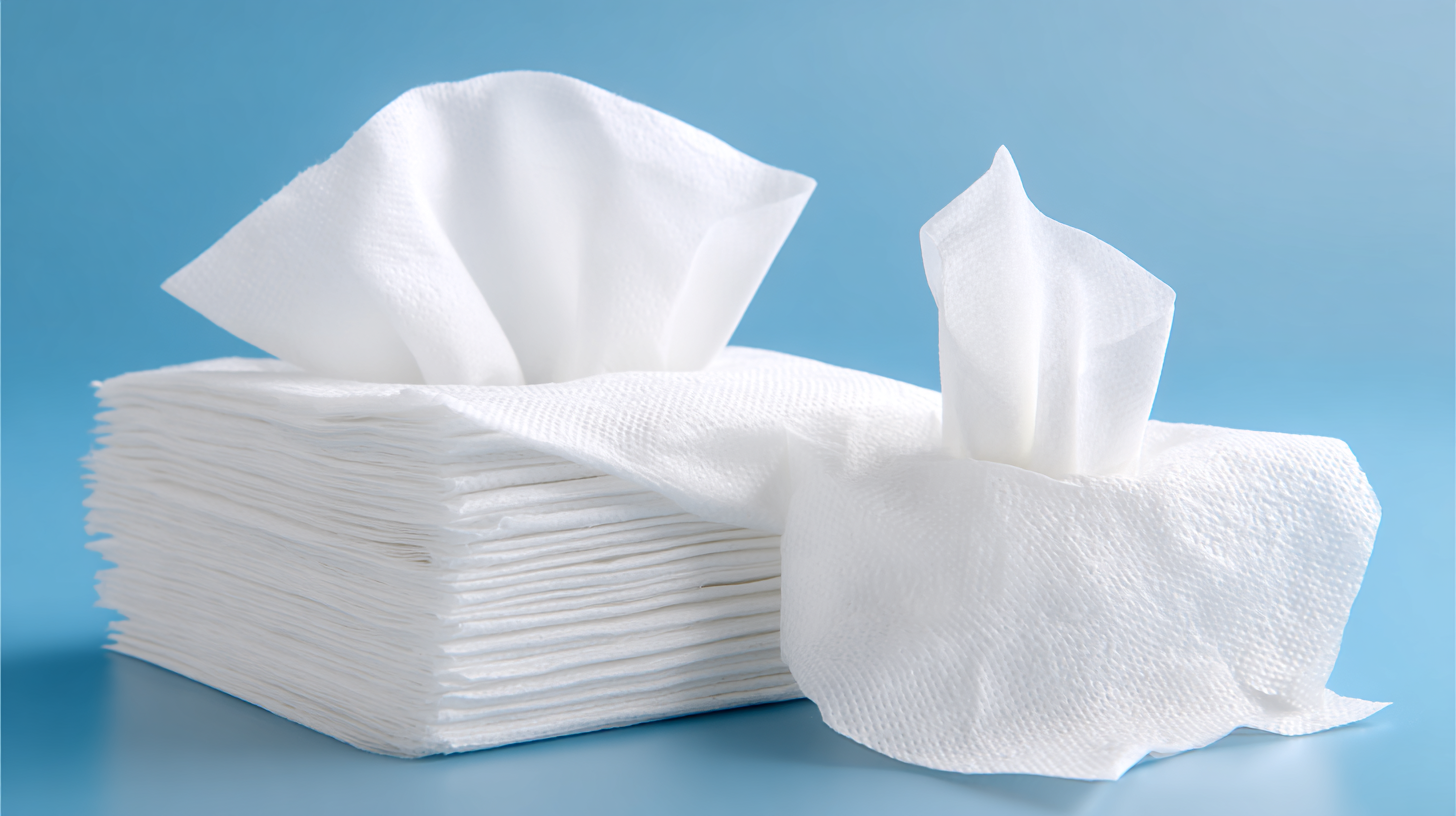
Common Manufacturing Defects in Nonwoven Wet Wipes: An Overview
The manufacturing of nonwoven wet wipes is susceptible to a variety of common defects that can impact both product quality and consumer safety. Issues such as inconsistent fiber distribution, inadequate tensile strength, and improper bonding can lead to wipes that tear easily or become too flimsy for effective cleaning. Moreover, the choice of raw materials plays a significant role; subpar or incompatible components can compromise the integrity of the final product, resulting in performance problems often experienced by consumers.
Recent investigations have highlighted the environmental consequences of defective wet wipes, notably those contributing to plumbing issues. The promotion of certain wipes as "flushable" has led to significant blockages, raising concerns about misleading labeling and the need for stringent manufacturing standards. The introduction of initiatives like national labeling standards is crucial to ensuring that consumers are aware of the products they are using, which may otherwise contribute to both environmental pollution and operational challenges in waste management systems. Improved inspection and quality control measures in the production process are essential to mitigate these risks and enhance product reliability.
Understanding the Role of Fiber Composition in Wet Wipe Performance
When evaluating the performance of wipe performance, one crucial factor to consider is the fiber composition of the nonwoven fabric used. The type of fibers—whether they are natural, synthetic, or a blend—plays a significant role in determining not only the absorbency but also the strength and durability of the wipes. For example, polyester is often favored for its resilience and quick-drying properties, whereas cellulose offers excellent absorbency but may compromise on tear strength. Understanding these differences can help consumers make informed choices tailored to their specific needs.
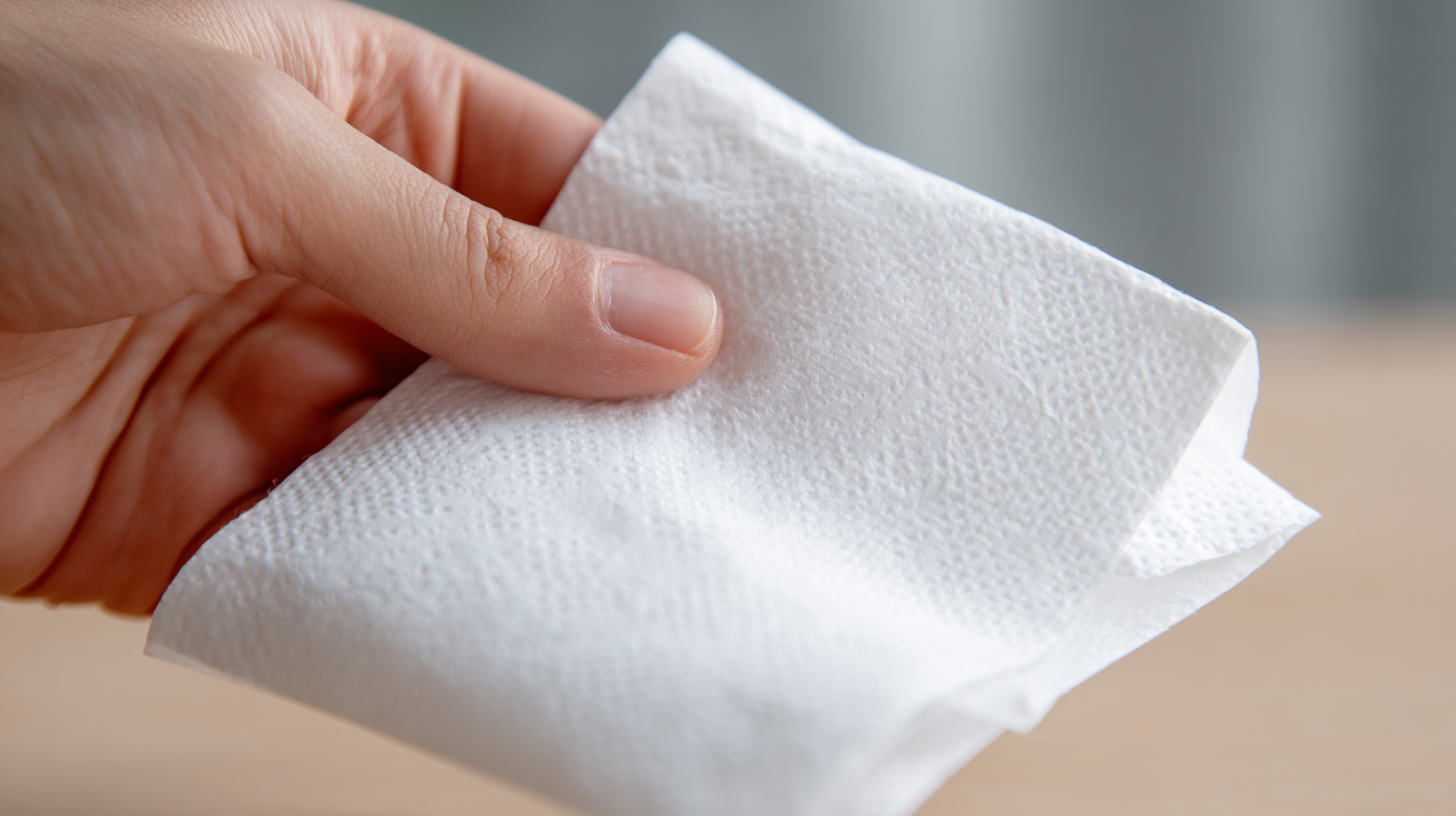
Furthermore, the fiber composition also influences other performance characteristics, such as softness and gentleness on the skin. Blends of fibers are commonly utilized to harness the benefits of each type, resulting in a balance of absorbency and comfort. Manufacturers are continually innovating in this space, exploring various combinations and treatments to enhance wipe effectiveness, whether for household cleaning, personal hygiene, or sensitive skin applications. By paying attention to the fiber content in wet wipes, you can optimize their use for different occasions and ensure they meet your performance expectations.
Environmental Impact of Nonwoven Fabrics Used in Wet Wipes: A Statistical Analysis
The use of nonwoven fabrics in wet wipes has raised significant environmental concerns. A statistical analysis reveals that a large percentage of these products are made from synthetic materials, such as polyester and polypropylene, which are not biodegradable. According to recent studies, it's estimated that over 20 billion wet wipes are used annually in the U.S. alone, contributing to an alarming amount of waste. Most of these wipes end up in landfills, where they can take hundreds of years to decompose, causing long-term environmental damage.
Furthermore, the global production of nonwoven fabrics for wet wipes contributes to high levels of plastic pollution. Reports indicate that since these wipes are often flushed down toilets, they can lead to blockages in sewage systems, thereby increasing the need for costly maintenance and repairs in wastewater management. These issues extend beyond urban areas, as the plastics can enter waterways, harming aquatic life and disrupting ecosystems. This alarming statistical trend highlights the urgent need for sustainable alternatives in the production of wet wipes and emphasizes the importance of consumer awareness in addressing these environmental challenges.
Regulatory Standards for Nonwoven Wet Wipes: Compliance and Quality Control
In the realm of nonwoven wet wipes, compliance with regulatory standards is crucial for ensuring product safety and quality. The introduction of the WIPPES Act aims to establish a national standard for wipes labeling, which will be significant in providing consumers with clear guidance on the proper disposal of wipes. This act focuses on distinguishing between flushable and non-flushable wipes, mandating that non-flushable variants carry clear "Do Not Flush" signage. Such regulations are vital in preventing environmental damage and safeguarding wastewater systems.
Quality control extends beyond labeling and compliance; manufacturers must also adhere to stringent raw material requirements and production practices. Recent reports indicate a growing trend towards the use of sustainable materials in wet wipes production, spurred by increasing consumer demand for eco-friendly options. As the market evolves, businesses will need to navigate these industry trends while ensuring that their products meet the latest safety and compliance standards, thereby enhancing both consumer trust and environmental responsibility.
Common Issues with Wet Wipes Nonwoven Fabric
| Issue | Description | Regulatory Standard | Quality Control Measure |
|---|---|---|---|
| Biodegradability | Many wet wipes do not break down in the environment. | ASTM D6400 | Conducting biodegradability tests. |
| Chemical Safety | Some wipes contain harmful chemicals. | FDA guidelines | Regular chemical analysis. |
| Linting | Wipes may leave fibers on surfaces. | ISO 9073-2 | Testing for lint generation. |
| Moisture Content | Improper moisture levels affect usability. | ASTM D6866 | Routine moisture testing. |
| Strength and Durability | Wipes can tear easily during use. | ISO 9073-3 | tensile strength testing. |
Consumer Perception and Trust Issues Surrounding Wet Wipes and Nonwoven Materials
Consumer perception of wet wipes and nonwoven materials is increasingly shaped by concerns over safety and environmental impact. With the rising awareness of sustainability, many consumers are questioning the biodegradable claims of nonwoven fabrics used in wet wipes.
Recent studies indicate that while some brands tout eco-friendly features, the actual breakdown time and environmental footprint of these materials often remain unclear. This has led to a sense of mistrust among consumers, who feel unsure whether their choice in wet wipes aligns with their values around sustainability.
Additionally, concerns about safety and skin health further complicate consumer trust. Reports of allergic reactions and potential chemical exposures from certain wet wipe brands have sparked debates about labeling transparency. Consumers are eager for information on the ingredients used in the wipes and how they interact with nonwoven materials.
As brands navigate these issues, clear communication and educational initiatives will be crucial in restoring confidence and building a loyal customer base attentive to both consumer safety and environmental responsibility.
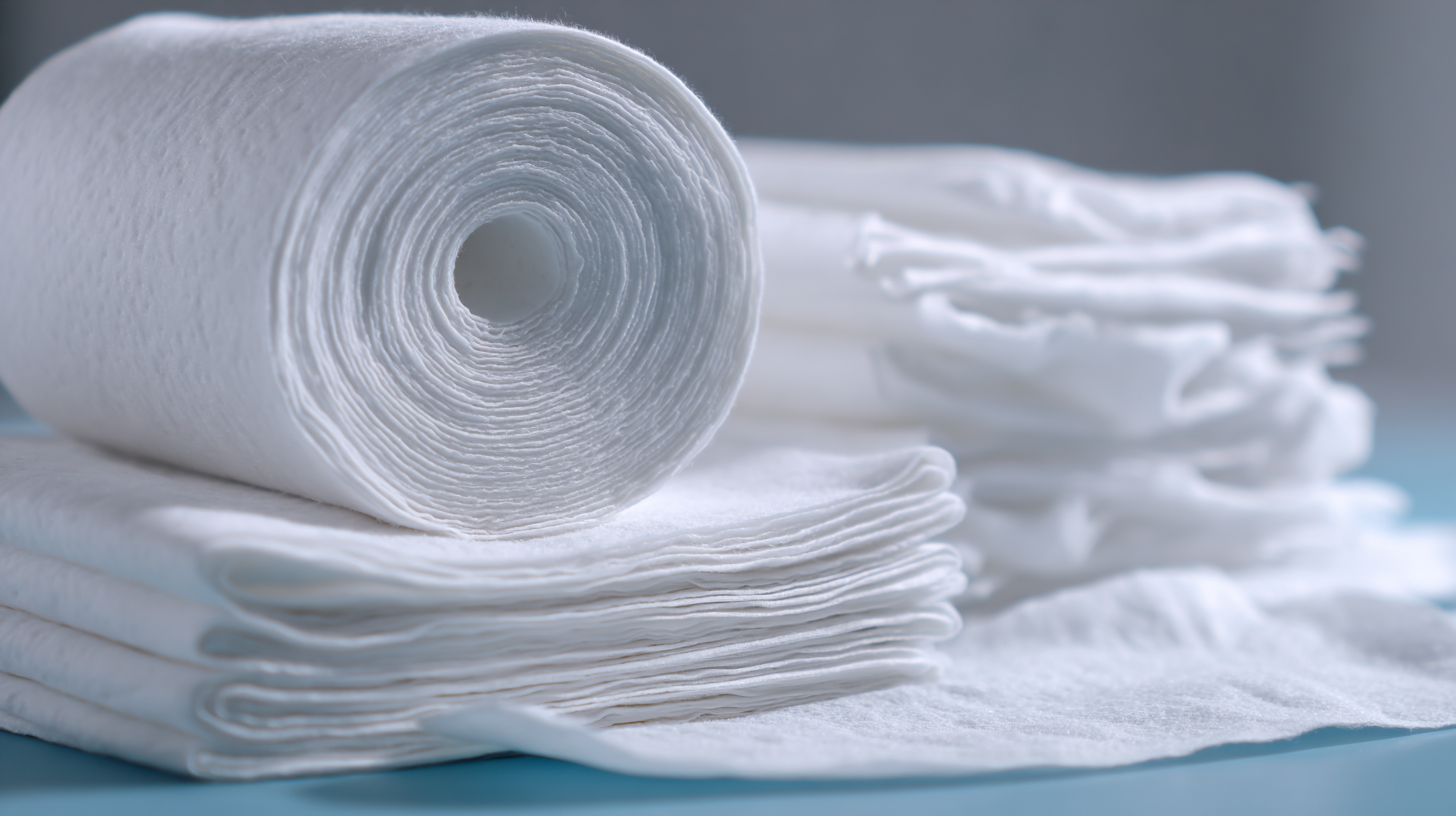
FAQS
: Common defects include inconsistent fiber distribution, inadequate tensile strength, and improper bonding, which can result in wipes that tear easily or are too flimsy for effective cleaning.
The choice of raw materials is critical; subpar or incompatible components can compromise the integrity of the wipes, leading to performance issues experienced by consumers.
Defective wet wipes, especially those labeled as "flushable," can contribute to plumbing issues and blockages, raising concerns about misleading labeling and environmental pollution.
The WIPPES Act aims to establish a national standard for wipes labeling, helping consumers distinguish between flushable and non-flushable wipes and providing guidance on proper disposal to prevent environmental damage.
Quality control ensures compliance with safety standards, adherence to raw material requirements, and effective production practices, which are essential for enhancing product reliability and consumer trust.
Many consumers are skeptical about biodegradable claims and the environmental impact of nonwoven materials used in wet wipes, creating mistrust about whether their choices align with sustainable practices.
Concerns include allergic reactions and potential chemical exposures, prompting consumers to seek transparency about ingredients and their interactions with nonwoven materials.
Clear labeling that accurately reflects the product's nature and disposal instructions is vital for building trust, as consumers demand more transparency regarding ingredient safety and environmental impact.
Brands can restore confidence by providing clear communication, educational initiatives about product safety, and transparent information regarding material sustainability and ingredient safety.
There is a growing demand for sustainable materials and eco-friendly options in wet wipes production, as consumers increasingly prioritize environmental responsibility alongside product performance.
Conclusion
Wet Wipes Nonwoven Fabric is an essential component in the manufacture of wet wipes, but it also presents various challenges that both manufacturers and consumers should be aware of. Common manufacturing defects, such as uneven fiber distribution and inadequate bonding, can significantly affect the performance of these products. The composition of fibers plays a crucial role in determining the effectiveness of wet wipes, influencing their strength and ability to retain moisture. Additionally, the environmental impact of nonwoven fabrics is a growing concern; statistical analyses reveal the importance of sustainable practices in their production.
Understanding regulatory standards is vital for ensuring compliance and quality control in the manufacturing process of Wet Wipes Nonwoven Fabric. As consumer trust around these products fluctuates, it is imperative for companies to address perceptions related to performance and environmental friendliness. At Shijiazhuang Shielday Technology Co., Ltd., we recognize these issues and strive to create high-performance textiles that not only meet regulatory standards but also contribute positively to consumer confidence and environmental sustainability.
Related Posts
-

Understanding the Challenges with Sourcing Quality Copper Tinsel Wire
-

How to Navigate Import and Export Certifications for Best Conductive Tape
-
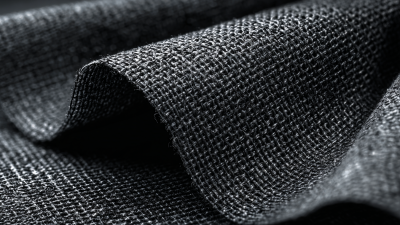
10 Industry Standards for Best Fire Resistant Fabric and 7 Reasons to Choose Them
-
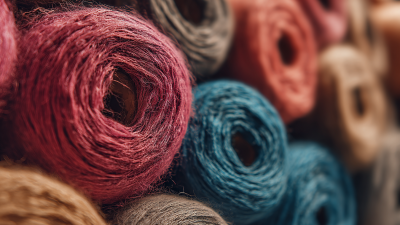
Exploring Innovative Applications of Yarn Spuns Pbo Fiber in Modern Textiles
-
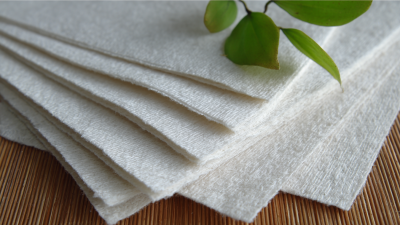
Essential Checklist for Sourcing Bamboo Fiber Nonwoven Fabric: Key Factors to Consider
-
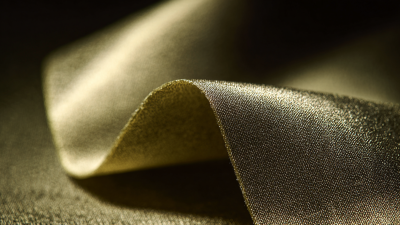
Ultimate Checklist for Sourcing the Best Silver Conductive Fabric Worldwide

